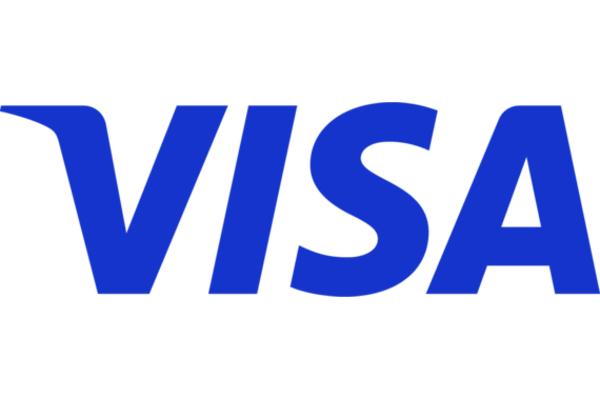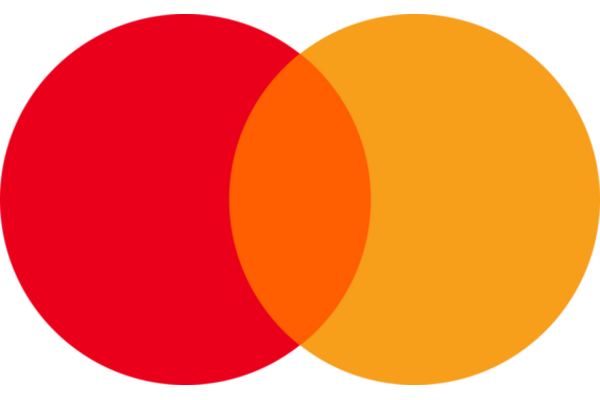Senior Counsel, Regulatory & Government Affairs
Source: Paysafe
Over recent years, Open Banking and PSD2 have been the two regulatory forces driving developments in payments and fintech.
But a new dawn is approaching, thanks to key trends including the rise of digital payments, mobile and contactless transactions, peer-to-peer payments, and notably, blockchain-powered cryptocurrencies and Central Bank Digital Currencies (CBDCs).
But what are the benefits of CBDCs – digital money issued by a country’s central bank alongside cash – and how can digital wallets play a part in realising their potential for businesses and consumers?
What are CBDCs?
CBDCs provide a secure and reliable means of digital payment and remittance that can be integrated into existing payment systems.
Offering similar benefits to Blockchain-powered cryptocurrencies, CBDCs are theoretically less volatile as they are pegged to the issuing country’s fiat currency.
This is similar to stablecoins like the USDC, which is linked to the US Dollar. Fiat-backed stablecoins maintain their peg to a specific fiat currency through collateralised reserves, regular audits, transparency and fiat currency holdings.
These mechanisms work together to provide stability and confidence in the value of the stablecoin, ensuring that it remains closely tied to the currency with which it is linked.
This stability is demonstrably appealing – there are currently 36 CBDCs in the pilot stage of the program, while most G20 nations have shown substantial progress and allocated additional resources towards advancing these CBDC initiatives over the past year.
This is no surprise. While the cryptocurrency industry has so far been in its investment phase, where people speculate and try to make money on different cryptocurrency coins and tokens, it is now moving into the utility phase.
This means cryptocurrencies are beginning to be used for real-world applications such as payments, transacting for tangible goods and services, and interacting with decentralised applications.
But for businesses and consumers to enjoy these real-world use cases, the payments industry must build a seamless integration for CBDCs to be used. Here’s where digital wallets come in.
Depending on digital wallets
Digital wallets like Skrill and NETELLER can play a crucial role in facilitating transactions and managing CBDCs.
A frictionless local payment method (LPM) which allows consumers to make real-time transactions at the touch of a button, digital wallet usage is already on the rise.
According to our 2023 Lost in Transaction report, 40% of consumers paid online with digital wallets more often than they did a year prior, with the mix of speed and security clearly resonating.
And now they can be key to making CBDCs accessible for consumers, who can quickly create a digital wallet account specifically designed to hold CBDCs.
Like holding physical cash, consumers can keep their CBDC holdings in their digital wallet. Only this is far more secure – digital wallets implement robust security measures, including encryption, multi-factor authentication, and secure key management.
Consumers would also be able to access their CBDC balance and transaction history quickly and easily to track holdings and transactions. They can also carry out transactions by sending or receiving CBDCs from other wallet addresses, either by sharing the addresses themselves, or scanning QR codes.
And consumers wouldn’t be reliant on a strong internet connection to pay using their CBDCs. Many digital wallets support offline transactions, facilitated through techniques like near-field communication (NFC) or Bluetooth.
As for consumers who wish to transfer money abroad, digital wallets could facilitate cross-border CBDC transactions, allowing users to send and receive CBDCs internationally with ease. This would eliminate the need for traditional intermediaries and potentially reduce transaction costs and settlement times.
With a robust, secure digital wallet, businesses can better cater to consumer needs, allowing them to pay the way they want.
And yes, this includes CBDCs – a trend that could define how we pay for years to come.
To learn more about future payment trends, download: The Future of Payments: Trends Report.







